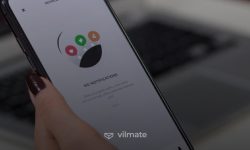The healthcare industry is evolving especially fast today. The COVID-19 pandemic, the general trend of a healthy lifestyle, and the invention of new sensors for wearable technology play a huge role in this process.
The popularity of a healthcare app depends on many factors. And one of the most important ones is UX (user experience) design. The app design is the first thing that draws the user’s attention. A beautiful modern digital product presentation can make a large audience want to download it.
UX design has its own nuances and trends in different areas, and healthcare is no exception. So let’s examine what’s so special about user experience design in this domain. In this article, we’ll show you the top 4 healthcare UX design trends of 2022 that will help your mobile app development project to emerge from the shadows.
What’s UX in Healthcare?
User experience plays a special role in the healthcare industry. The user interface design should be especially clear and leave no ambiguity. It needs to be friendly to users with broad technical abilities. Also, it must create a sense of their comfort.
Thus, the client will immediately find the necessary functions. It’s especially important for elderly people and patients with special needs.
Healthcare UX has to take the environment into account too. For example, wearable technologies can be used while walking or driving. You also need to understand the current state of the user. Perhaps the healthcare application will be used by a person during an attack or severe pain.
Also, particular attention in the UX for healthcare should be paid to privacy: the ability to set a password, enable guest mode, and hide notification text.
Healthcare UX requires special attention from developers and designers. This industry requires a thorough approach as people's lives may depend on it. That’s why design UX design matters.
It’s necessary to think over all aspects of user experience design in advance. Because adding modules at a later stage can make the application much more difficult to work with. That’s why it’s better to think about the audience you want to target and with which features.
Product target audiences for medical apps
To correctly evaluate the user experience in the healthcare industry, it’s necessary to take into account all possible target audiences. Among them are the groups that require special attention from designers:
- older adults whose experience with technology is limited
- people with special needs
- people with chronic cases
- healthcare providers and enterprises
A universal approach is already widely represented on the market. Therefore, it’s important to add specialized features to expand the target audience through a personalized experience. It’s necessary to pay attention to the growing needs of the audience.
Identifying and following relevant UI/UX design trends helps to humanize the product, customize it to the user experience of each client, and create a trusting relationship between the application and the user. So let’s get down to business.
Top 3 healthcare UX design trends for 2022
What will healthcare look like in the future? Let’s discuss the recent trends in healthcare UX design for it to become clearer.
Healthcare design consists of visual and technical solutions that should simplify the process of using the application and make it enjoyable. For example, the stylish user interface will attract a young and progressive audience.
In the creation of healthcare apps, we can use the latest technological advances, machine learning capabilities, and artificial intelligence. But is it worth going deep into specialized technologies? Let's figure it out.
#1 Wearables usage
Specialized devices and applications don’t receive much attention from customers. But wearables do. Users like to have all the necessary functions placed in their smartphone or smartwatch.
According to research by The National Library of Medicine, about 30% of US adults use wearable healthcare devices. This applies to both familiar smartwatches and specialized devices.
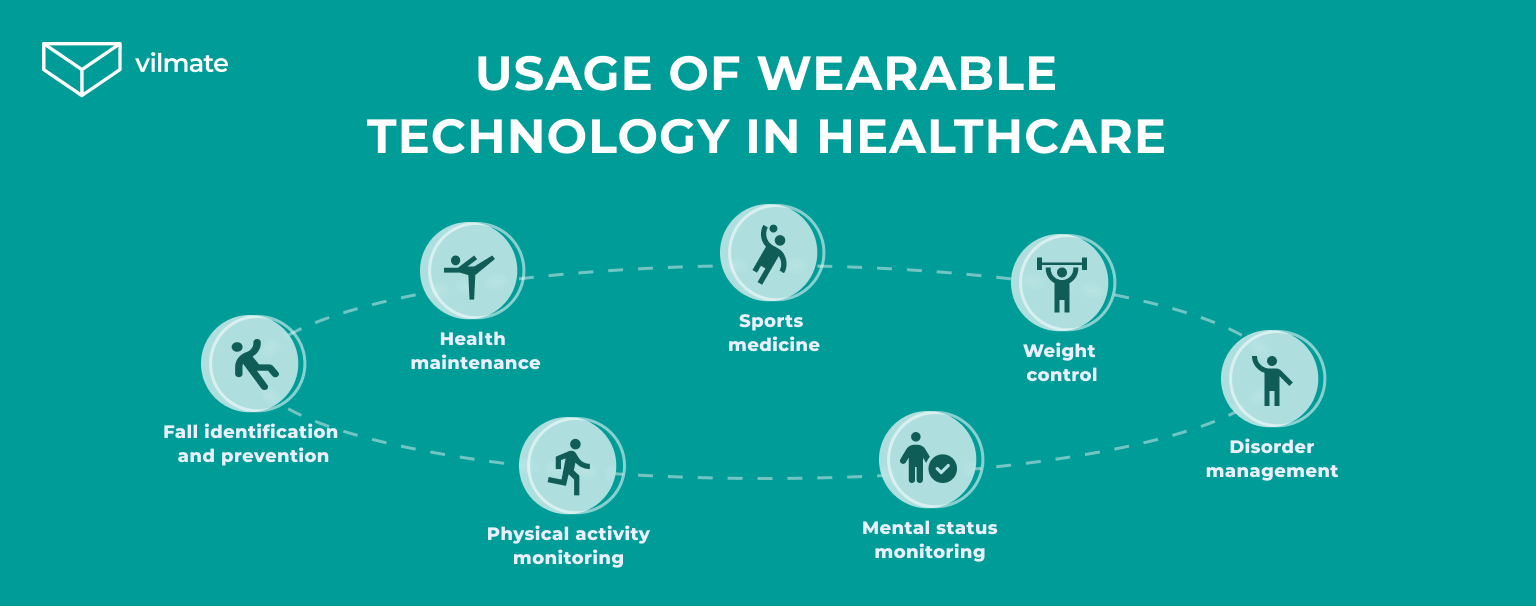
However, this same study shows that the majority of users are rich, technically competent audiences. The majority of respondents answered that they use wearable healthcare devices because they like the design and gamification of the process.
People with chronic diseases or disabilities hardly use new technologies. However, wearable medical devices would be even more useful for this audience.
Integrating medical applications for these groups into smartphones and smartwatches will make technology cheaper and more accessible. It will allow the neediest category of people to get access to the latest technologies. Placing digital health on smartphones and fitness trackers allows for the successful promotion of the application. UX design can get the user to download the app out of interest because it’s fast and affordable.
Today, wearable devices have many sensors. Calorie counting, ECG, pulse measurement, and oxygen level sensor have become familiar to modern users. And this list needs to be expanded. That’s why this UX design trend will only grow in the future.
If you want to know more about using wearable technology in the product development of healthcare applications, read our thorough article: Medical Device Software Development: How to Start.
#2 Voice interfaces
One of the most popular healthcare UX design trends is voice interface usage.
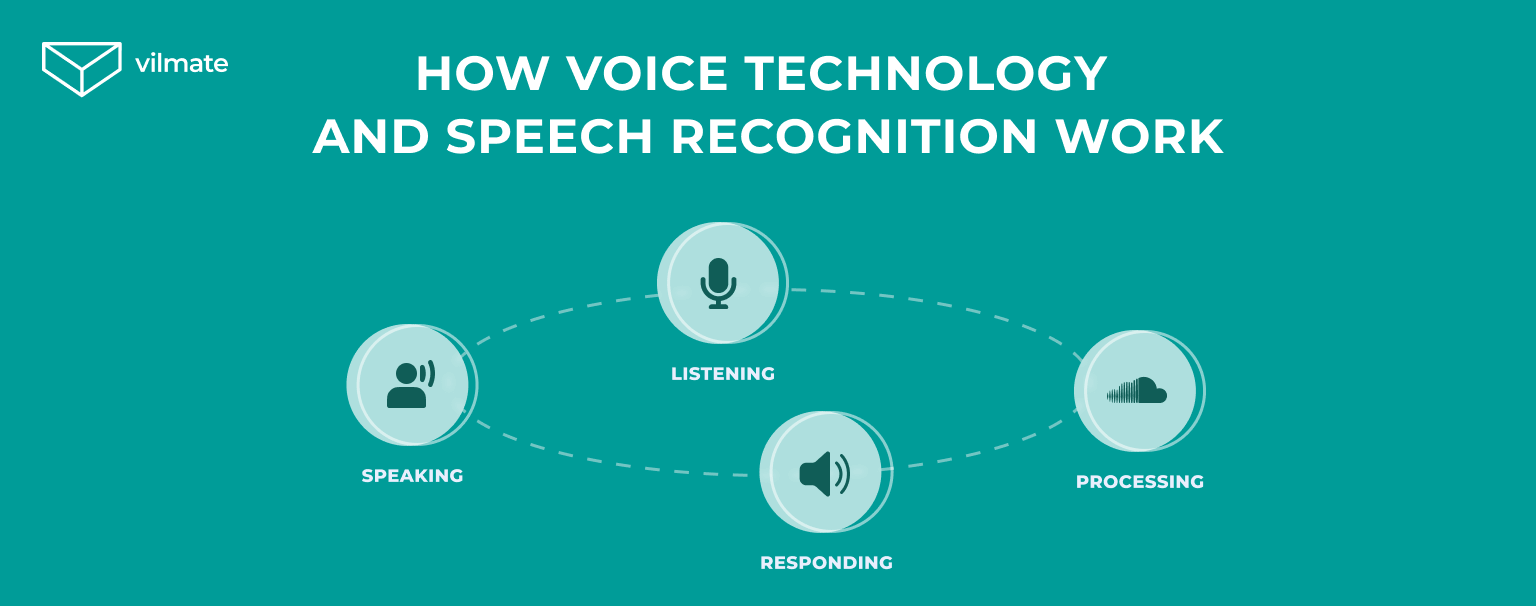
This technology is especially popular in the healthcare industry for several reasons:
- No need to touch the screen
During the Covid-19 pandemic, healthcare professionals recommend avoiding contact with dirty surfaces. The screen of the smartphone cannot be called clean, so users have to wipe it regularly.
The voice interface allows you not to touch the display when performing tasks. It’s especially important for a mobile medical application because it may be needed urgently when there is no way to clear the display.
- Opportunities for people with special needs
The voice interface helps paralyzed and blind people use their smartphones. In modern mobile app development, a lot of attention is paid to simplifying the lives of people with special needs and their patient experience.
For example, Apple introduced VoiceOver, which allows you to fully use your smartphone without seeing the screen. But it still involves touching the screen, so it can only help visually impaired and blind people. Paralyzed patients need easy voice control, especially in healthcare software.
- Help in medical work
Doctors' hands must be sterile during the examination. And this means that the use of your mobile application will be greatly simplified by the voice interface. After interacting with the necessary functions, the doctor won’t have to change gloves and wash their hands once again.
In digital healthcare, it’s one of the most interesting and promising areas. This UX design trend helps to increase the application credibility, work for a highly specialized audience, and create interactive healthcare app UX design.
#3 Virtual Reality & Augmented Reality
Among the healthcare UI/UX design trends, the most recent development has been the use of virtual and augmented reality. Virtual reality (VR) glasses are quite common among users today, so they can be integrated into the design of healthcare applications.
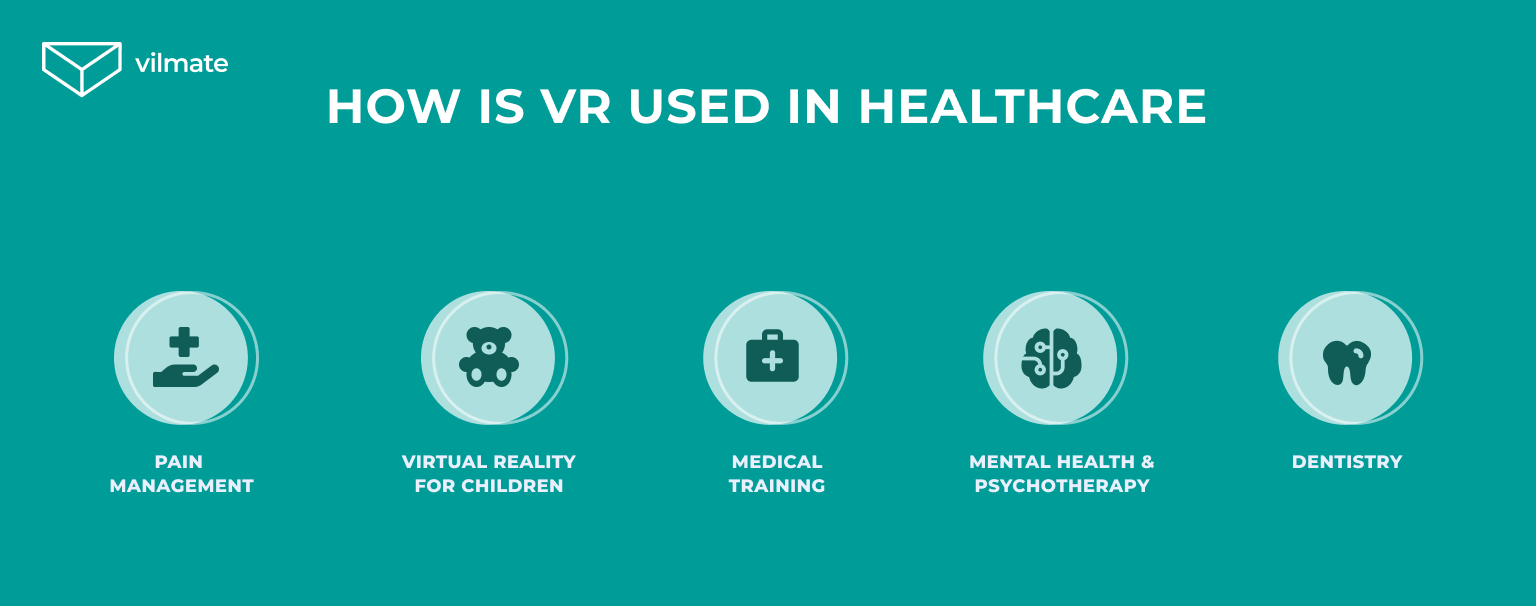
Virtual reality for patients takes place in the outcomes of diseases. For example, it helps people suffering from anxiety or PTSD. Also, VR glasses can assist in meditation.
A great example is an AppliedVR app. It can be used with a medical device called RelieVRx. It allows patients with chronic diseases to train attention, do breathing exercises and properly relax using VR.
Technology brings even more value to healthcare workers. VR allows them to study new materials in more detail and improve their skills. The possibilities of studying anatomy are particularly interesting in that field.
Augmented reality is even more useful in healthcare app UX design. That’s why user experience designers start integrating it into the apps more and more. It comes as no surprise that AR is already being used in the healthcare sector.
For example, the AccuVein device helps healthcare professionals easily locate veins for injections.
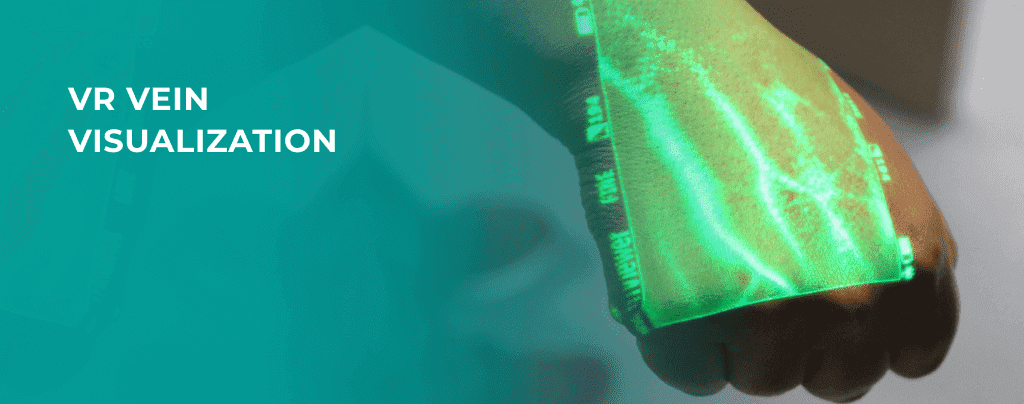
Augmented reality is now available to almost everyone thanks to its support in smartphones. It opens up new possibilities for healthcare UX.
The new iPhones are endowed with a LiDAR sensor that can scan the area and transfer its 3D model to the screen. The sensor can be used to help visually impaired people locate objects in an unfamiliar environment. For example, a smartphone can notify them about closed doors or stairs on the way.
Perhaps in the future, patients will be able to scan parts of their bodies, which will make remote work with prosthetists a reality.
We can say with confidence that AR and VR will develop more and more every year. Just look at how healthcare is changing! If you want to know more about starting a VR app development, check our guide: How to Make a VR App and Create Amazing Content for It.
#4 Interactive chatbots
To participate in the digitalization of healthcare, a designer can simplify the user experience in many ways. And creating interactive chatbots is one of them.
Chatbots have become a convenient and necessary option during the pandemic. They allow you to receive medical advice remotely. According to GlobeNewswire, this market is expected to be worth $19,570 million by 2027.
This demand is explained by the desire of people to receive help here and now. If chatbots involve communicating through text, then telehealth involves communicating with a doctor live by phone or video call. Telehealth can greatly simplify communication between a doctor and a patient, as well as save time for both. With this function, a person can easily make an appointment and pre-define the specialist that the user needs.
For example, in the Ukrainian application Helsi, you can get an online consultation with a doctor, sign up for vaccinations, and even order medicine.
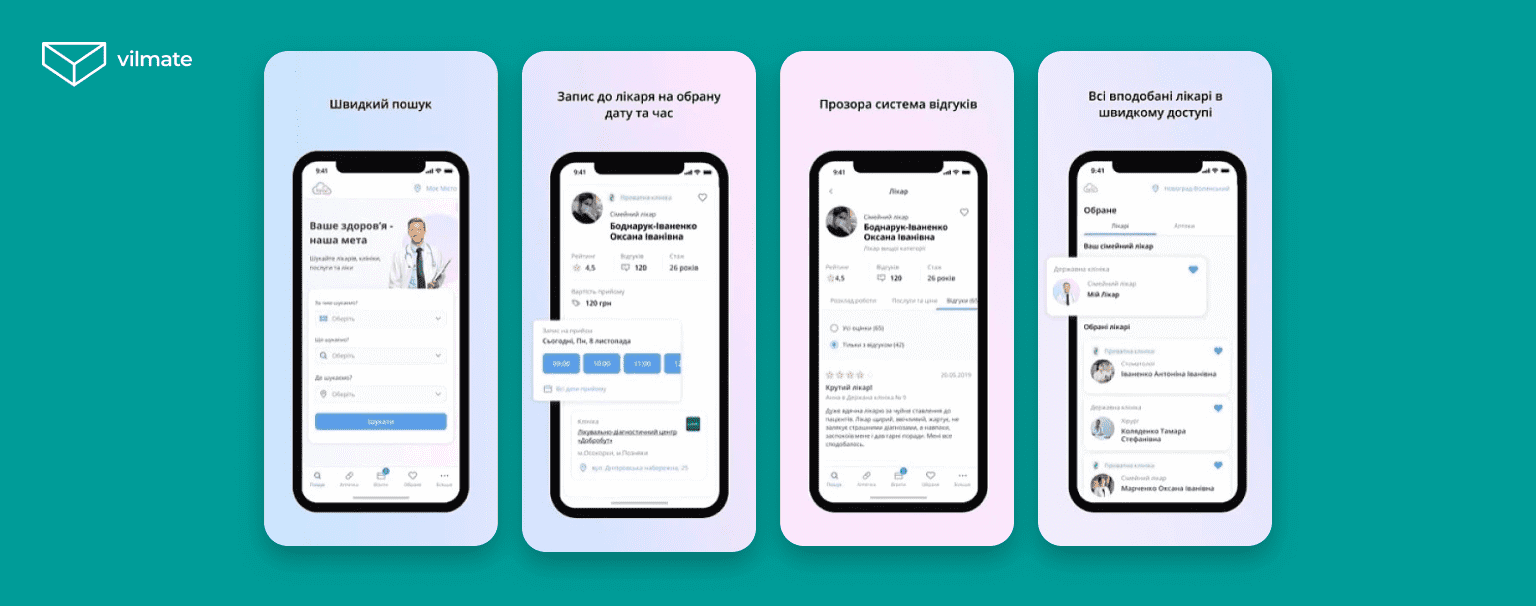
Telehealth makes patient engagement easier, faster, and more comfortable. Perhaps in the future, technology will allow for thorough preliminary medical examinations.
By the way, sensors are already able to transmit information about heart health, blood oxygen levels, and other data to the doctor. Why not take advantage of this emerging technology?
UI design trends in medical apps
We've talked about useful options to consider when developing a healthcare UX design. But the visual component is also very important. Competent UI design can attract the user's attention and make them download the application and use it with pleasure.
Simple, minimalistic solutions are in fashion today. In the healthcare industry, they are used more often than in other applications because nothing should distract the user from the essence. So we have some helpful tips for you to enhance your UI design.
#1 Minimize visual noise
Leave only design elements that make practical sense. Decorations, gif animations, and animated characters are best left for other applications. In digital healthcare, a design must be more serious than playful. Thus, you show empathy for the patient and respect for the doctor.
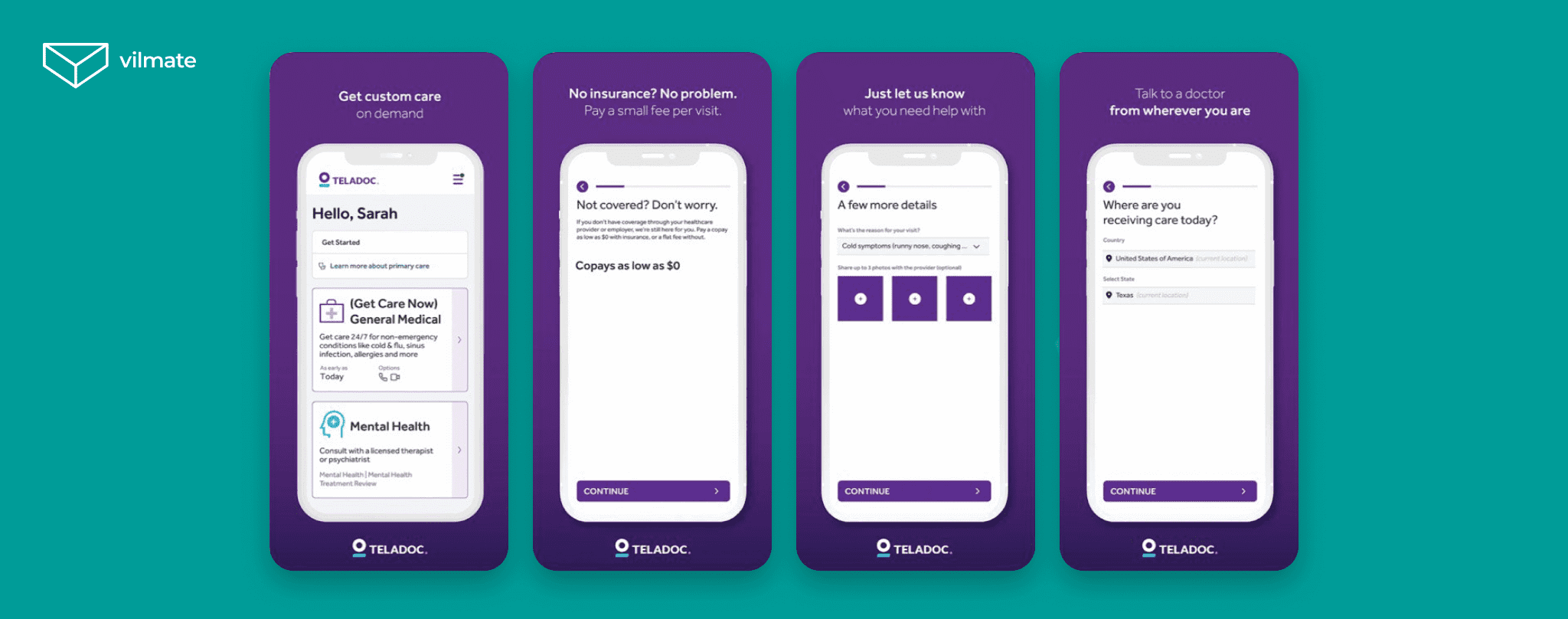
Use comfortable, soothing colors. Perhaps it’s better to take into account the user experience of people who have difficulty perceiving shades.
Try a “flat” design. The 3D elements look dated and may not be clear to the user.
#2 Make a skeuomorphic design
All elements that render categories should be familiar to the user and look like in real life. We don’t know who will use the application and in what condition, so the interface needs to be intuitive.
Don’t force the user to carefully read each inscription. It’s better to choose the right descriptive picture.
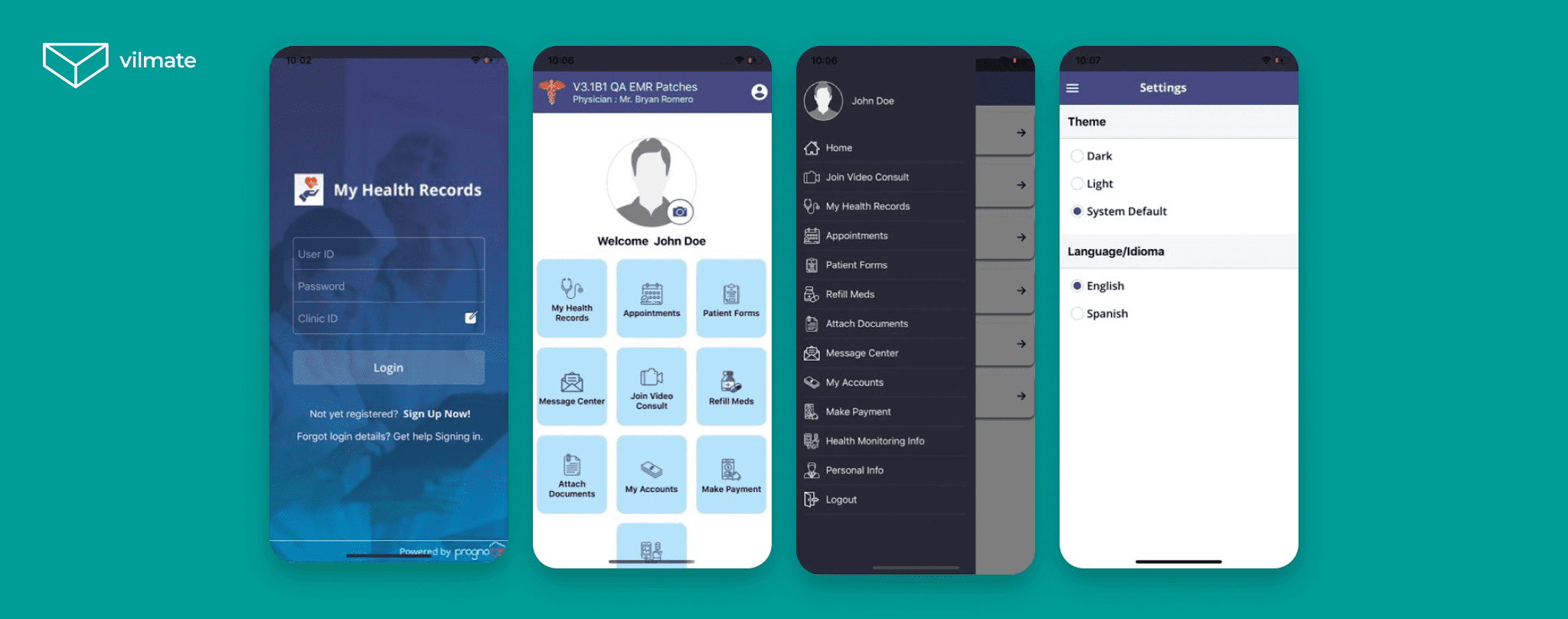
Remember that you need to visualize all the data. Don’t experiment with menus and tabs. Try to make them the same as in most applications. It will reduce the user's waiting time when searching for the desired item.
For example, users have already become accustomed to the hamburger menu – use it in your healthcare UX design.
#3 Be modern
To make UI design stylish, it’s not necessary to complicate it. It’s enough to use modern trend options. For example, parallax scrolling, cinemagraphs, or color-blocking.
Look at other healthcare applications and think about how to make the new product unique.
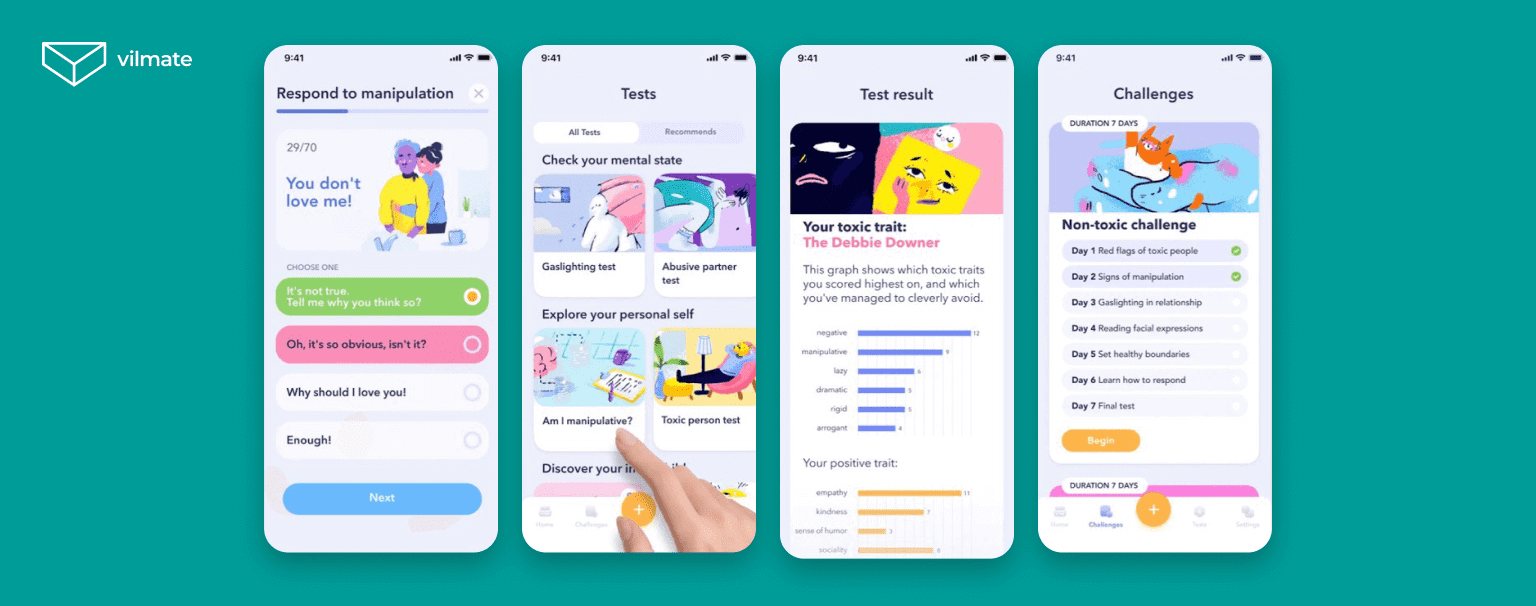
Final words
In this article, we’ve explored target audiences, relevant features, and successful examples of healthcare UX design. As a bonus, we've covered three important UI design trends. The visual component of applications also affects the convenience, attractiveness, and safety of use.
If you need help from professional UX designers, contact Vilmate for help. Our team has been developing applications for 10 years, and we know what users want to see. Our designers have vast experience with digital health – visit our Portfolio to make sure.



